Diane Elizabeth is the founder of Skin Care Ox, a beauty and wellness blog dedicated to spreading awareness through accurate, beautiful, and informative skincare content. Aspiring makeup artists can discover non-toxic makeup alternatives and learn more information on how to avoid harmful chemicals and by using her tool: The Ultimate List of the Best Organic Makeup Brands and Products.
Every day, the average woman applies 515 synthetic chemicals to her body. Products like shampoos, hairsprays, body lotions, deodorants, makeup, and even perfumes contain these harmful chemicals. Linked to a large number of health problems, they cause everything from skin irritation and allergic reactions to cancer and issues having children. There is a lot of concerning research regarding these chemicals, but companies continue to use these dangerous toxins because they are cheap and there are often no laws restricting them (yet).
The best way to protect yourself and your clients is to become informed. Learn about risky ingredients to look out for, why they are dangerous, and how to find safer alternatives. This is the absolute best way to make better choices!
Also, every product you buy helps make a difference. As more consumers change their buying habits and demand safer beauty products, manufacturers will have no choice but to change their standards.
Here are seven dangerous chemicals that are hidden in popular skincare products and how you can identify safer alternatives.
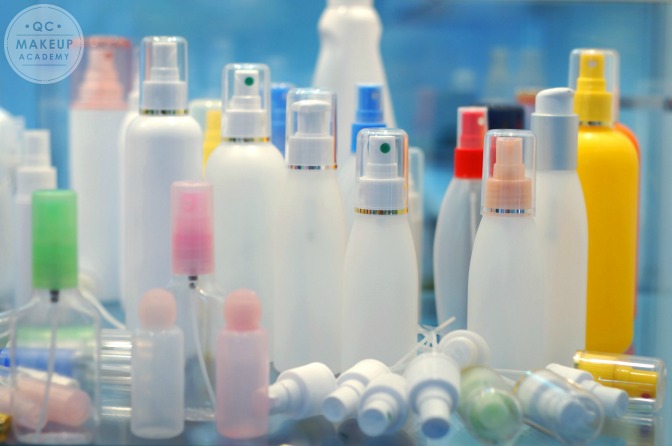 Parabens are cheap preservatives used in a wide range of cosmetic products. They prevent bacteria, mold, fungus, and even parasites from growing. Almost 60% of all cosmetic products contain parabens.
There are a few major concerns with parabens:
Parabens are cheap preservatives used in a wide range of cosmetic products. They prevent bacteria, mold, fungus, and even parasites from growing. Almost 60% of all cosmetic products contain parabens.
There are a few major concerns with parabens:
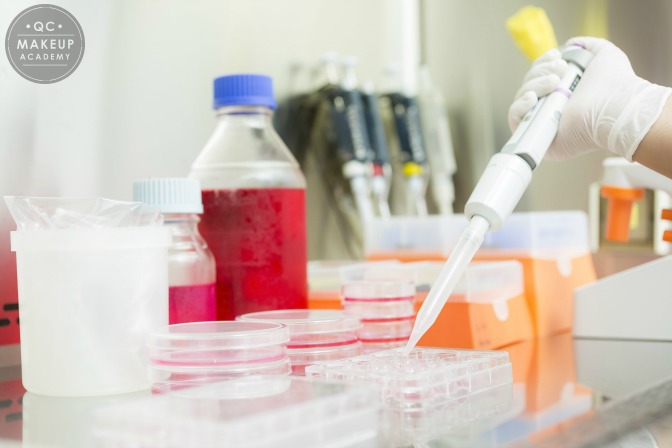 Best Alternatives: fragrance-free or unscented products and high-quality essential oils
Concerning Alternatives: any synthetic fragrance substitute
Best Alternatives: fragrance-free or unscented products and high-quality essential oils
Concerning Alternatives: any synthetic fragrance substitute
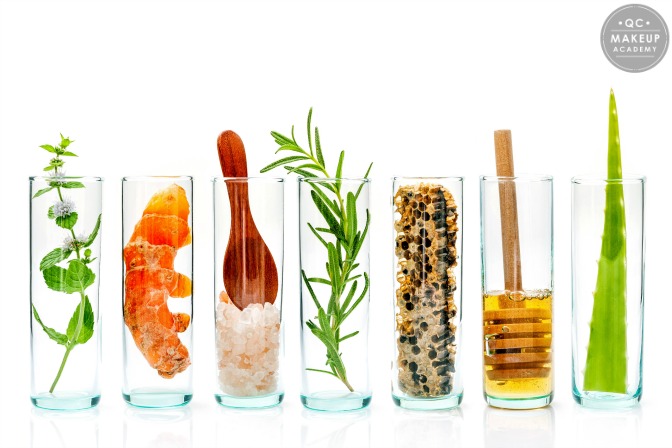 Triclosan (also known as Microban) is another chemical commonly used as a preservative in skincare products. Any skincare product that claims to have anti-bacterial properties likely includes triclosan.
Triclosan is often added to anti-bacterial soaps and hand-sanitizers. However, they kill both good and bad bacteria indiscriminately. Plus, the FDA has no evidence that “triclosan in OTC (over-the-counter) consumer antibacterial soaps and body washes provide any benefit over washing with regular soap and water.”
There’s also evidence that suggests Triclosan can lead to the growth of “superbugs” that are resistant to antibiotic treatment. Triclosan may disrupt your natural hormonal balance and weaken your immune systems. It can build up in your fat cells over time and can be detected in breast milk, blood, and urine.
Best Alternatives: Essential oils such as thyme, rosemary, lavender, and citrus.
Concerning Alternatives: Benzethonium Chloride (synthetic anti-bacterial linked to health risks).
Triclosan (also known as Microban) is another chemical commonly used as a preservative in skincare products. Any skincare product that claims to have anti-bacterial properties likely includes triclosan.
Triclosan is often added to anti-bacterial soaps and hand-sanitizers. However, they kill both good and bad bacteria indiscriminately. Plus, the FDA has no evidence that “triclosan in OTC (over-the-counter) consumer antibacterial soaps and body washes provide any benefit over washing with regular soap and water.”
There’s also evidence that suggests Triclosan can lead to the growth of “superbugs” that are resistant to antibiotic treatment. Triclosan may disrupt your natural hormonal balance and weaken your immune systems. It can build up in your fat cells over time and can be detected in breast milk, blood, and urine.
Best Alternatives: Essential oils such as thyme, rosemary, lavender, and citrus.
Concerning Alternatives: Benzethonium Chloride (synthetic anti-bacterial linked to health risks).
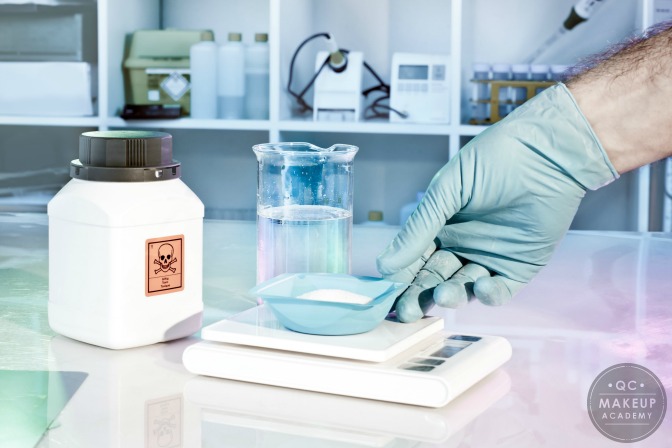 SLS is one of the most common ingredients used in shampoos, soaps, body washes, and just about anything that creates a thick foam. Sodium lauryl sulfate (SLS) is in up to 90% of skincare products.
The ingredient itself is not the biggest health concern. But, the harmful contaminants created during the manufacturing process are another story. This includes possible chemicals that may cause kidney and liver defects.
Best Alternatives: SLS-free formulations, foam-free natural products, coco-glucoside, decyl glucoside, saponified carrier oils or castile soaps (such as coconut, olive oil, and sunflower oils).
Concerning Alternatives: Sodium coco-sulfate (produced in a similar fashion as SLS. This alternative actually contains SLS and a blend of other coconut-derived sulfates, and it carries similar irritation risks as SLS).
SLS is one of the most common ingredients used in shampoos, soaps, body washes, and just about anything that creates a thick foam. Sodium lauryl sulfate (SLS) is in up to 90% of skincare products.
The ingredient itself is not the biggest health concern. But, the harmful contaminants created during the manufacturing process are another story. This includes possible chemicals that may cause kidney and liver defects.
Best Alternatives: SLS-free formulations, foam-free natural products, coco-glucoside, decyl glucoside, saponified carrier oils or castile soaps (such as coconut, olive oil, and sunflower oils).
Concerning Alternatives: Sodium coco-sulfate (produced in a similar fashion as SLS. This alternative actually contains SLS and a blend of other coconut-derived sulfates, and it carries similar irritation risks as SLS).
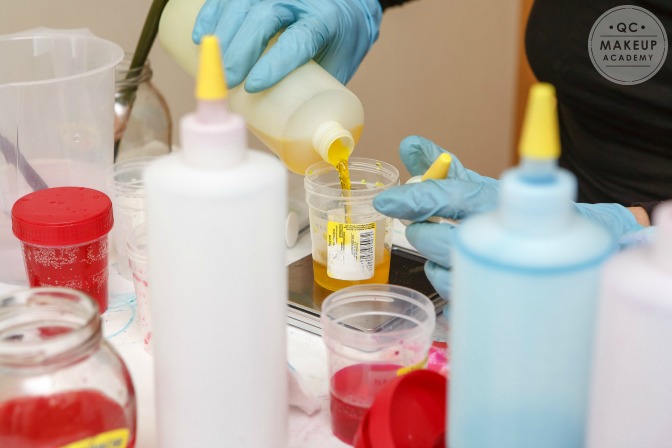
1. Parabens
 Parabens are cheap preservatives used in a wide range of cosmetic products. They prevent bacteria, mold, fungus, and even parasites from growing. Almost 60% of all cosmetic products contain parabens.
There are a few major concerns with parabens:
Parabens are cheap preservatives used in a wide range of cosmetic products. They prevent bacteria, mold, fungus, and even parasites from growing. Almost 60% of all cosmetic products contain parabens.
There are a few major concerns with parabens:
- Studies show that these chemicals can be absorbed through our skin and into our bloodstream where they then stay and pile up.
- They mimic estrogen in the body and may disrupt our natural hormonal balance.
- There may be a link between paraben exposure and breast cancer. This is not certain, but existing research is enough to prompt changes in consumer cosmetic choices.
2. Fragrance
Fragrances (or perfume) are in nearly 50% of all cosmetic products. These blends of aromatics, which give beauty products their trademark scents, are often chemical cocktails. “Fragrance” is essentially a catch-all term for “secret ingredients”. The problem with fragrance is that the law does not require companies to tell consumers what is actually in these secret “blends”. It is impossible to know what any blend is made of. Therefore, some clean cosmetic companies will release products that are fragrance-free. These products are often marketed to those with sensitive skin and babies. Now, this doesn’t mean the product doesn’t smell like anything. It just indicates that the products retain their natural scent and are not masked by a fragrance blend. A study by the Campaign for Safe Cosmetics looked at 17 brand name fragrance products and discovered 14 chemicals known to have potentially harmful effects on the human body. The FDA also notes that fragrance blends are responsible for up to 30% of all allergic reactions to skincare products. Best Alternatives: fragrance-free or unscented products and high-quality essential oils
Concerning Alternatives: any synthetic fragrance substitute
Best Alternatives: fragrance-free or unscented products and high-quality essential oils
Concerning Alternatives: any synthetic fragrance substitute
3. Phthalates
Phthalates are a group of chemicals used to make products more liquid and less dry. You can find these in products like nail polish, detergents, toys, shampoos, creams, and moisturizers. Several studies show links to male and female reproductive defects, asthma, ADHD, breast cancer, and even diabetes. Just to be safe, avoid phthalates when possible. The problem is that “fragrance” includes phthalates, making them impossible to identify on the product label. The best way to avoid phthalates is to avoid products that contain fragrance and come in cheap plastic packaging. You should also shop from high-integrity beauty brands who say that they avoid using these chemicals. Best Alternatives: Avoid products with fragrance, use products in glass containers. Concerning Alternatives: Bio-based plastics may contain pesticides, petroleum, or other potentially concerning chemicals.Discover the best products are for your skin type! Check out these related articles:
- Building Your Makeup Kit: All About Skin Types
- Building Your Makeup Kit: The Best Skin Products and Brands
- Skincare Course Sample: Identifying Skin Types
- Boost Your Makeup Artistry Certification With Skincare Training
4. Triclosan
 Triclosan (also known as Microban) is another chemical commonly used as a preservative in skincare products. Any skincare product that claims to have anti-bacterial properties likely includes triclosan.
Triclosan is often added to anti-bacterial soaps and hand-sanitizers. However, they kill both good and bad bacteria indiscriminately. Plus, the FDA has no evidence that “triclosan in OTC (over-the-counter) consumer antibacterial soaps and body washes provide any benefit over washing with regular soap and water.”
There’s also evidence that suggests Triclosan can lead to the growth of “superbugs” that are resistant to antibiotic treatment. Triclosan may disrupt your natural hormonal balance and weaken your immune systems. It can build up in your fat cells over time and can be detected in breast milk, blood, and urine.
Best Alternatives: Essential oils such as thyme, rosemary, lavender, and citrus.
Concerning Alternatives: Benzethonium Chloride (synthetic anti-bacterial linked to health risks).
Triclosan (also known as Microban) is another chemical commonly used as a preservative in skincare products. Any skincare product that claims to have anti-bacterial properties likely includes triclosan.
Triclosan is often added to anti-bacterial soaps and hand-sanitizers. However, they kill both good and bad bacteria indiscriminately. Plus, the FDA has no evidence that “triclosan in OTC (over-the-counter) consumer antibacterial soaps and body washes provide any benefit over washing with regular soap and water.”
There’s also evidence that suggests Triclosan can lead to the growth of “superbugs” that are resistant to antibiotic treatment. Triclosan may disrupt your natural hormonal balance and weaken your immune systems. It can build up in your fat cells over time and can be detected in breast milk, blood, and urine.
Best Alternatives: Essential oils such as thyme, rosemary, lavender, and citrus.
Concerning Alternatives: Benzethonium Chloride (synthetic anti-bacterial linked to health risks).
5. Sodium Lauryl Sulfate (SLS)
 SLS is one of the most common ingredients used in shampoos, soaps, body washes, and just about anything that creates a thick foam. Sodium lauryl sulfate (SLS) is in up to 90% of skincare products.
The ingredient itself is not the biggest health concern. But, the harmful contaminants created during the manufacturing process are another story. This includes possible chemicals that may cause kidney and liver defects.
Best Alternatives: SLS-free formulations, foam-free natural products, coco-glucoside, decyl glucoside, saponified carrier oils or castile soaps (such as coconut, olive oil, and sunflower oils).
Concerning Alternatives: Sodium coco-sulfate (produced in a similar fashion as SLS. This alternative actually contains SLS and a blend of other coconut-derived sulfates, and it carries similar irritation risks as SLS).
SLS is one of the most common ingredients used in shampoos, soaps, body washes, and just about anything that creates a thick foam. Sodium lauryl sulfate (SLS) is in up to 90% of skincare products.
The ingredient itself is not the biggest health concern. But, the harmful contaminants created during the manufacturing process are another story. This includes possible chemicals that may cause kidney and liver defects.
Best Alternatives: SLS-free formulations, foam-free natural products, coco-glucoside, decyl glucoside, saponified carrier oils or castile soaps (such as coconut, olive oil, and sunflower oils).
Concerning Alternatives: Sodium coco-sulfate (produced in a similar fashion as SLS. This alternative actually contains SLS and a blend of other coconut-derived sulfates, and it carries similar irritation risks as SLS).
6. Propylene Glycol
Propylene glycol (also known as PG) is an ingredient in a variety of liquid skincare products, as well as in antifreeze, brake fluid, and paints. PG may allow harmful chemicals to seep further into your skin and bloodstream than they could otherwise do on their own. PG has been linked to some cases of skin inflammation and irritation. While PG can prevent moisture loss by creating a seal over your skin, it can also make your skin drier by drawing moisture from the deeper layers of your skin towards the top-most layers. Best Alternatives: Vegetable glycerin. Concerning Alternatives: Propanediol (also known as 1,3 propylene glycol; safety depends on its manufacturing process. Can be derived from natural sources made with GMOs).
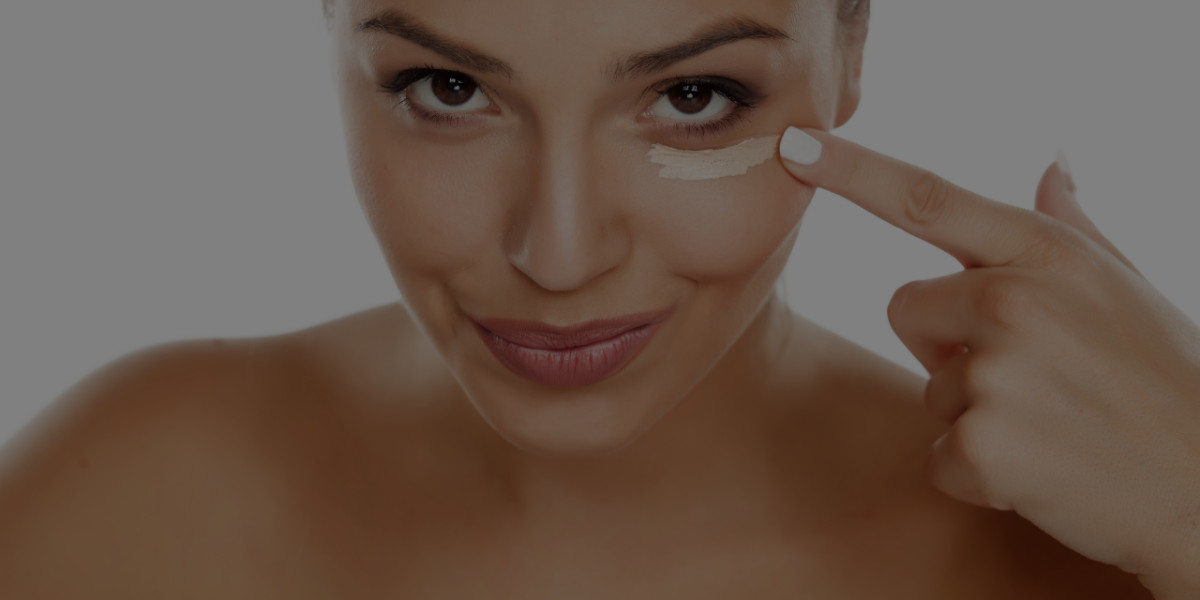
I think that instead of worrying about if a product contains a certain chemical or not we should be more concerned about the amount. All chemicals have the potential to be hazardous . It is the amount taken into the body that determines whether or not they will cause poisonous effects. Poisoning, then, is caused not just by exposure to a particular chemical, but by exposure to too much of it. Moderation is key here. It doesn’t matter ONE BIT whether or not it is contained, it matters as to how much. 🙂
Hi Kate,
I was looking for some information on skincare and came across your post: 7 Dangerous Chemicals Lurking in Your Skincare Products
It’s really nice! I especially liked how you mentioned that products like shampoos, hairsprays, body lotions, deodorants, makeup, and even perfumes contain these harmful chemicals.
Izyl
Really nice and very useful information.
For more info, Please click the below link also to know COSMETICS AND SKIN IMMUNITY
https://livehealthyday.com/effects-of-cosmetics-on-skin-and-immunity/
Hi, thank you for such a brilliant post. I have been reading some blogs that gives me more knowledge about 7 dangerous chemicals lurking skincare products. I must say this is one of the best among them. You have done a great research for I feel, thanks for sharing.
Hi there, thanks so much for the kind words, they really mean a lot! We’re so happy to hear that you found this article so beneficial. Out of curiosity, what was it about the information discussed in this article that you found was more useful than other articles you previously read on this same topic? 🙂
All the best,
The QC Team
My organization is rather relieved to observe your blog. It is really interesting in my situation. It is my opinion the blog wiil be effective for just anyone.
Everyone points out your certain important idea that includes the source summing up the subject.
Kudos together with keeping it up.
Hi Tasriful,
Thanks so much for taking the time to read our article and for leaving such a thoughtful comment. We really appreciate it! We’re thrilled to hear that you found the information discussed in this article so useful and informative. Out of the 7 harmful chemicals for skincare products listed in this blog, which one did you find the most surprising? 🙂
All the best,
The QC Team
Hey there!
I’m from https://yourskinvision.com/skincare-statistics/, and we just created this infographic for our blog.
We think you might be interested in it as well! Let us know what you think.
And if you’d like to share it with your audience as well, you’re more than welcome to.
Cheers,
Louis.
Hi Louis,
WOW! This infographic is very impressive, and chalked full of interesting information! Thanks so much for sharing it with us! <3
All the best,
The QC Team
Thanks for the remark. Am so so happy right now. I still want to beg you for something bigger. I will really appreciate it if you also link to my infographics. This will seriously make my year.
please https://yourskinvision.com/skincare-statistics/,
pls https://yourskinvision.com/skincare-statistics/,